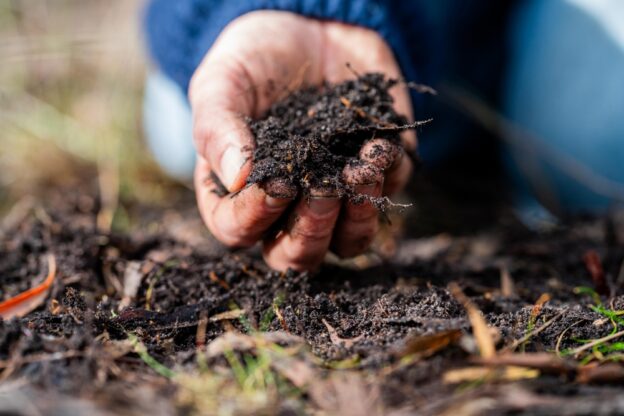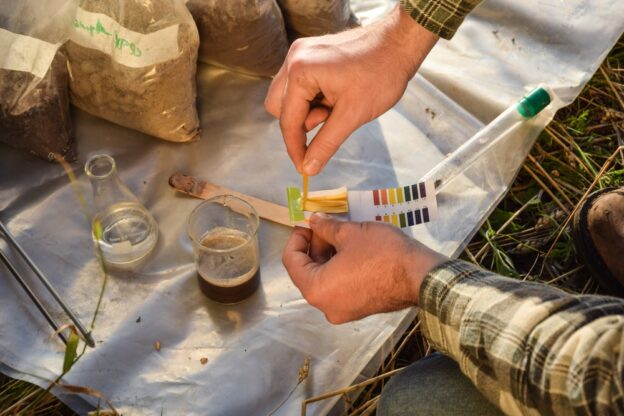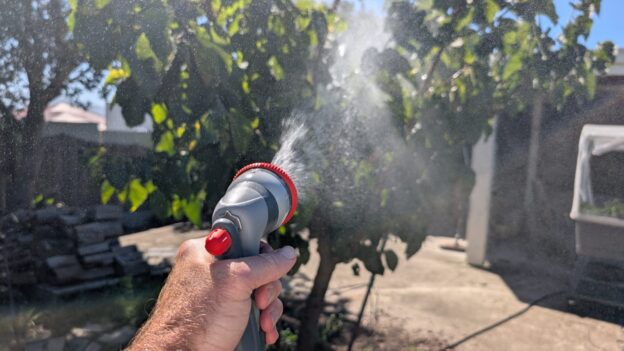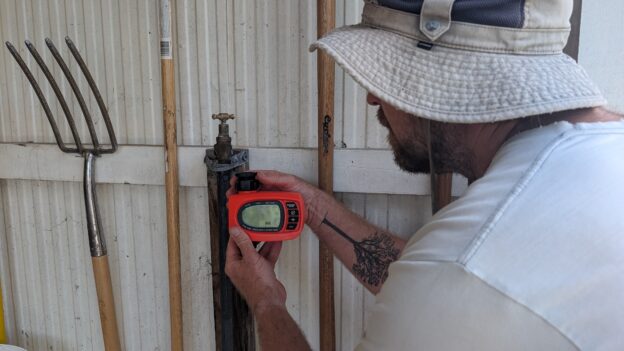Learn to grow microgreens at home, join Grow It Local +
Learn > How To
Understanding soil
Having a general knowledge of what soil is and how it works helps you to create and maintain your garden. What plants need from soil varies depending on what you are growing – for example vegetables, Australian natives or mixed plantings. Soil also varies depending on location, climatic and environmental conditions.
Generally soils can be improved to make them more suitable for growing plants. When improving soil look at its type, soil pH and structure. Follow our easy guide to get you started in better understanding your soil.
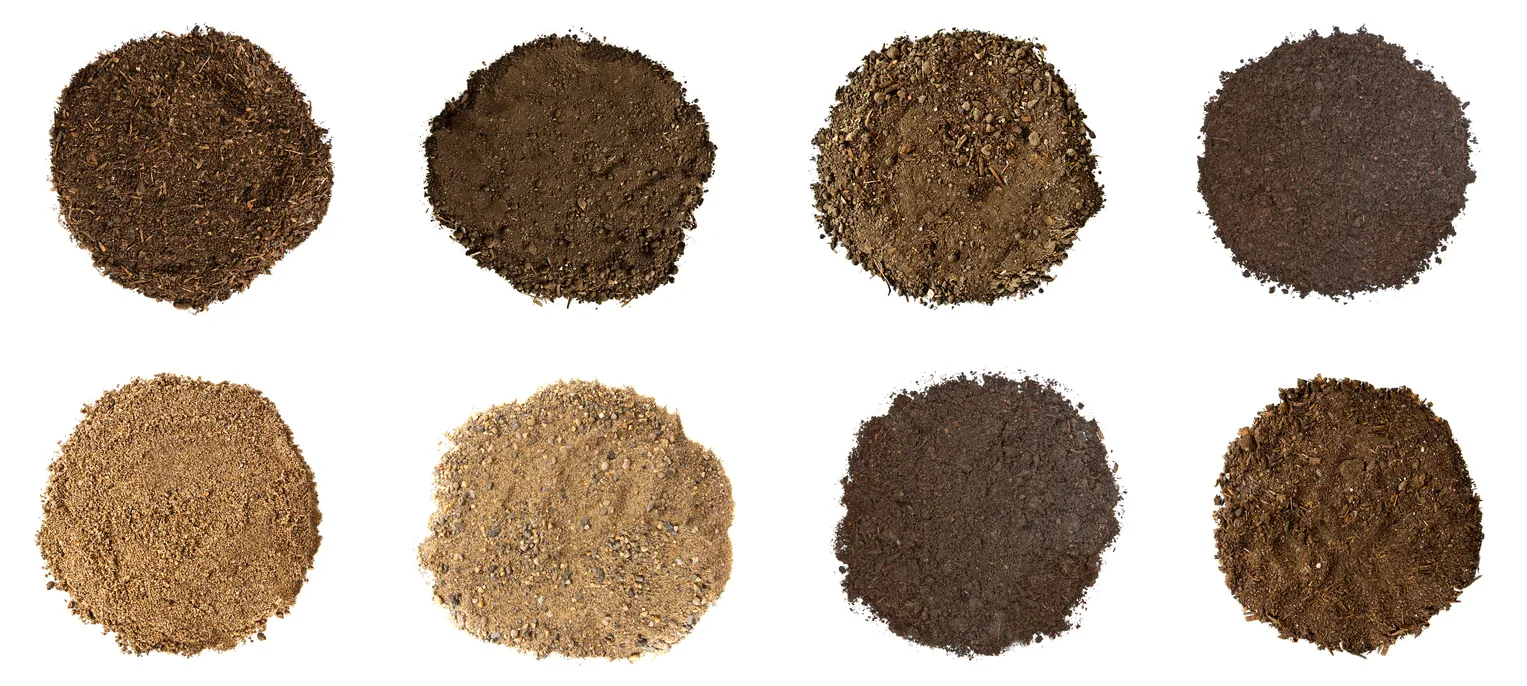
Soil types
General soil can be classified into four categories of sand, clay, silt and loam. Most soil will have a combination of more than one type.
- Clay soils are described as heavy soils as they hold water, so are great for plants that require a lot of moisture. Clay soil will also hold onto nutrients, so there is food for plants. However, they are slow to drain and can become easily compacted. The best way to work with clay soil is applying compost and manure to help aerate it and to use added gypsum to break it up. Avoid compaction by not overworking it when it is wet. In the vegie garden, grow a cover crop also known as green manure in the cooler season to protect the soil if it is not being cultivated.
- Sandy soils are light and gritty to touch; they fall easily through your hands. Sandy soil warms up quickly in spring, but has the disadvantage of not holding water and nutrients, which easily leach through. To improve sandy soils, add compost and manure and carbon-rich sources of fertilisers. Where they are hard to wet and keep moist, apply a soil wetting agent.
- Silty soils are between sand and clay soil. When dry they are floury to touch, but when wet they can be rolled into a ball in your hand. They are easier to work with than clay and hold water and nutrients better than sand. They however have the problem of forming a crust when dry so they can be hard and compact and water filtration can be poor.
- Loam soils are considered the most fertile soils for gardens. They are fast to warm up in spring, have wonderful moisture and nutrient holding capacity, along with good filtration of air. Good as it is, loam can still be improved by adding compost and manure.
Soil types
General soil can be classified into four categories of sand, clay, silt and loam. Most soil will have a combination of more than one type.
- Clay soils are described as heavy soils as they hold water, so are great for plants that require a lot of moisture. Clay soil will also hold onto nutrients, so there is food for plants. However, they are slow to drain and can become easily compacted. The best way to work with clay soil is applying compost and manure to help aerate it and to use added gypsum to break it up. Avoid compaction by not overworking it when it is wet. In the vegie garden, grow a cover crop also known as green manure in the cooler season to protect the soil if it is not being cultivated.
- Sandy soils are light and gritty to touch; they fall easily through your hands. Sandy soil warms up quickly in spring, but has the disadvantage of not holding water and nutrients, which easily leach through. To improve sandy soils, add compost and manure and carbon-rich sources of fertilisers. Where they are hard to wet and keep moist, apply a soil wetting agent.
- Silty soils are between sand and clay soil. When dry they are floury to touch, but when wet they can be rolled into a ball in your hand. They are easier to work with than clay and hold water and nutrients better than sand. They however have the problem of forming a crust when dry so they can be hard and compact and water filtration can be poor.
- Loam soils are considered the most fertile soils for gardens. They are fast to warm up in spring, have wonderful moisture and nutrient holding capacity, along with good filtration of air. Good as it is, loam can still be improved by adding compost and manure.
As soil can vary from one location to the next, understand your soil type by digging down a spade’s depth in different locations in the garden. If it’s heavy, dark and rolls into a ball, it could be clay. If it falls through your hands and is gritty, it could be sandy. If you are unsure of your soil type, take a couple of samples to a local hardware or garden centre that offers soil testing. For a small charge they can test your soil and provide information on how to improve it.
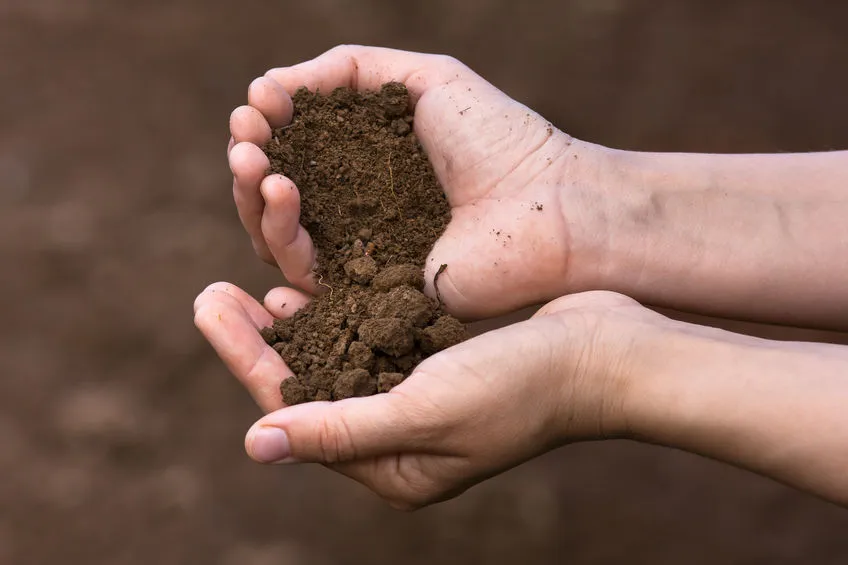
Soil pH
Soil pH is measured on a scale of 0 to 14, with the ideal range for plant growth from 5.5 (slightly acid) to 7 (neutral). Below 5 is usually classified as very acidic and above 7 is alkaline with above 7.5 very alkaline. Most garden plants prefer a slightly acid soil. Some commonly grown plants that prefer acidic soils include camellias, azaleas, magnolias, many native Australian plants and blueberries. Sweet peas, gerberas, hibiscus, ivy, hebes, roses and many brassica vegetables are a few of the plants that don’t mind a slightly alkaline soil.
Understanding soil pH is important as it not only affects the plants that grow, it also affects the availability of nutrients. As soil becomes more acidic, it may have a deficiency in some trace elements such as calcium, magnesium, and potassium. In soils with high pH (often called limey or ‘sweet’ soil) there’s generally an abundance of sodium, calcium and magnesium however the availability of other nutrients may be limited.
Soil pH can be tested using a pH test kit or as part of a soil test provided by your local garden centre or hardware store. To take samples for testing pH, dig down and take samples from different parts of the garden. Follow the directions given with the soil pH kit to test the sample. Kits also include details on how to alter soil pH if it is too acidic or too alkaline for your preferred plants.
Acid soils can be made less acidic by adding organic compost, manure, leaf litter and Seasol Biochar with Zeolite. Sulphur also works, but it is slow, taking up to six months. To make the soil more alkaline, add a handful of lime per square metre. Changes will take time, they don’t happen overnight, so recheck pH levels over time to monitor changes.
Another option for growing plants where the soil pH is unsuitable is to grow sensitive plants in containers. For example in an area with alkaline soil, grow camellias and azaleas in containers with a premium potting mix such as Seasol Advanced Potting Mix.
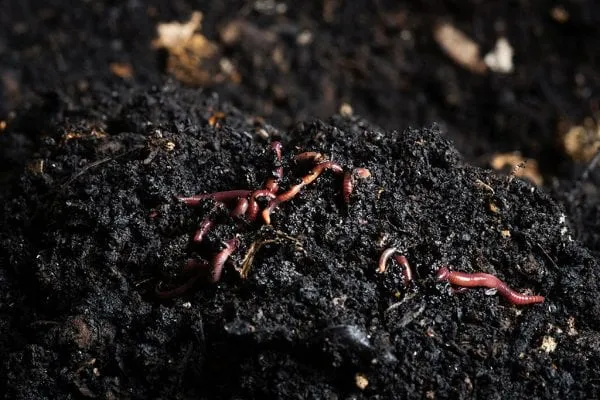
Soil structure
Structure is defined as how soil holds or doesn’t hold together. A good soil structure will be soft and crumbly but with particles that hold together well. They allow good air movement as well as providing water and nutrient-holding capacity. Good soils are also full of worm and microbial activity as it’s a great place to call home. Poor soil will not be able to sustain worm and microbial activity as it will not hold together well and may be dry as it will have poor water and nutrient holding capacity. To improve soils, regularly add organic matter such as compost and well-rotted manure and/or Seasol Super Compost or for a no-dig option, apply Seasol Liquid Compost. Alternatively grow a green manure crop that can be dug into the soil. If soil can be rested after adding organic matter then this will also aid the improvement of its structure.
This blog article proudly brought to you by our friends at Seasol


